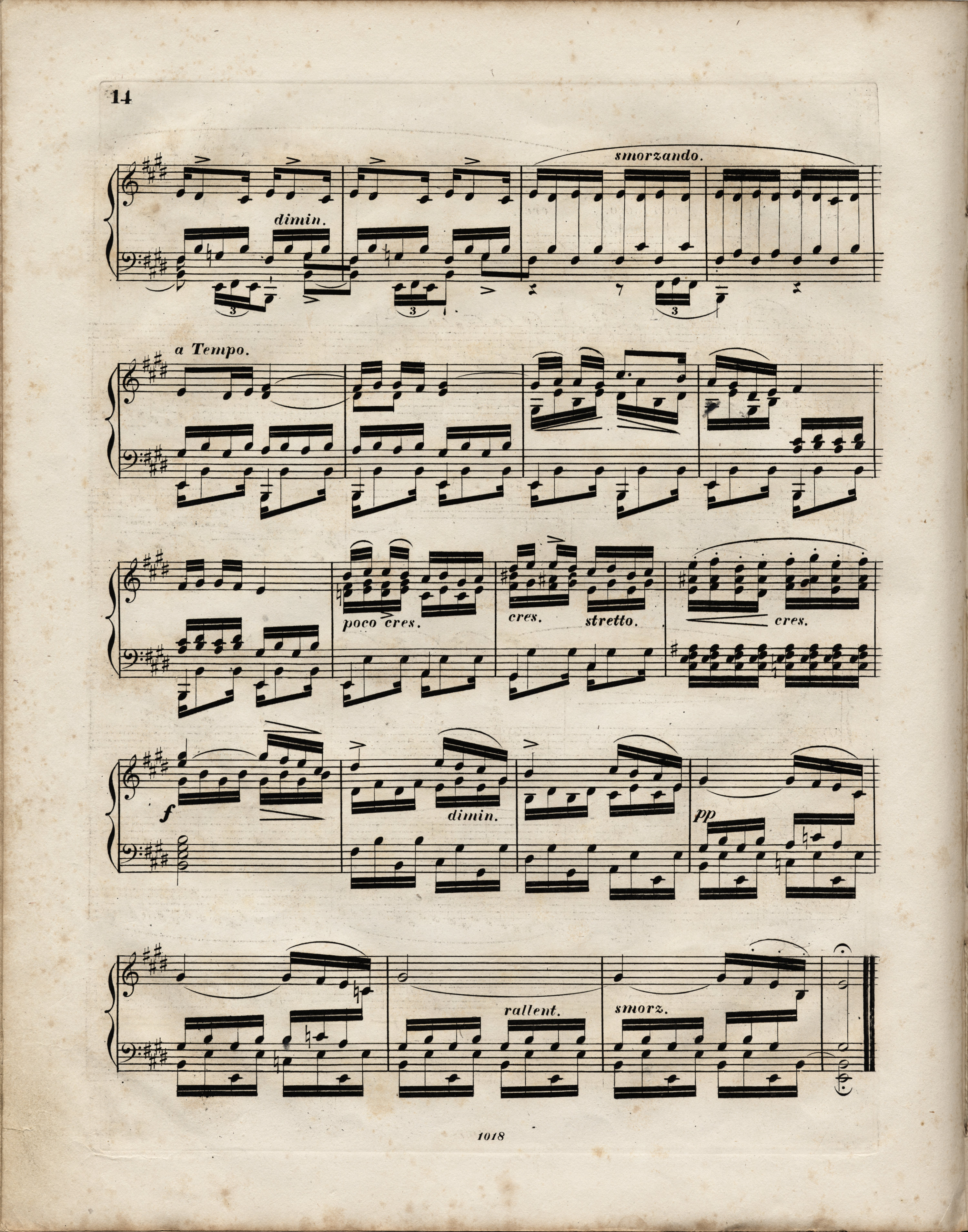



It is unclear whether Chopin wanted to mark the staccato of the quaver after the semiquaver triplet with a dot, as it is in A, or with a wedge, as it is in AI (only in bar 58) and FE (→GE,EE; in EE2 both signs were omitted, while in GE3 in bar 58 there is a dot). In this case, we consider A as the most reliable source.
Compare the passage in the sources »
category imprint: Differences between sources
issues: Inaccuracies in GE, Inaccuracies in FE, Errors in EE
notation: Articulation, Accents, Hairpins






